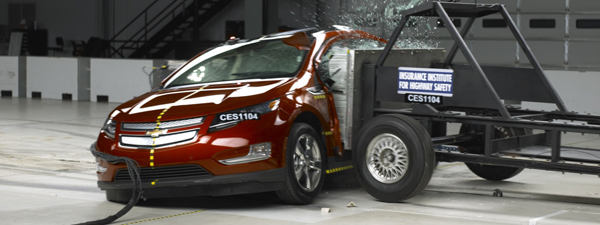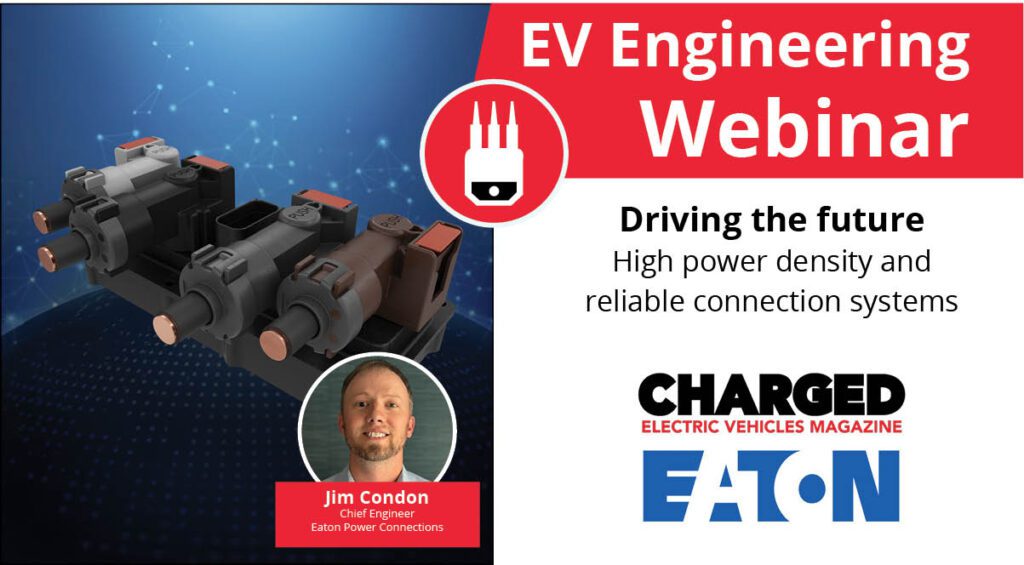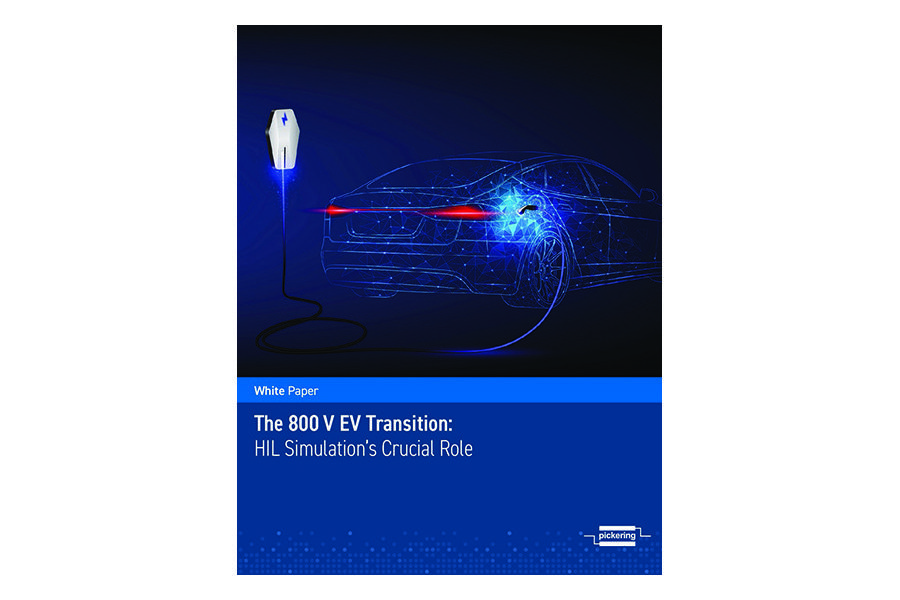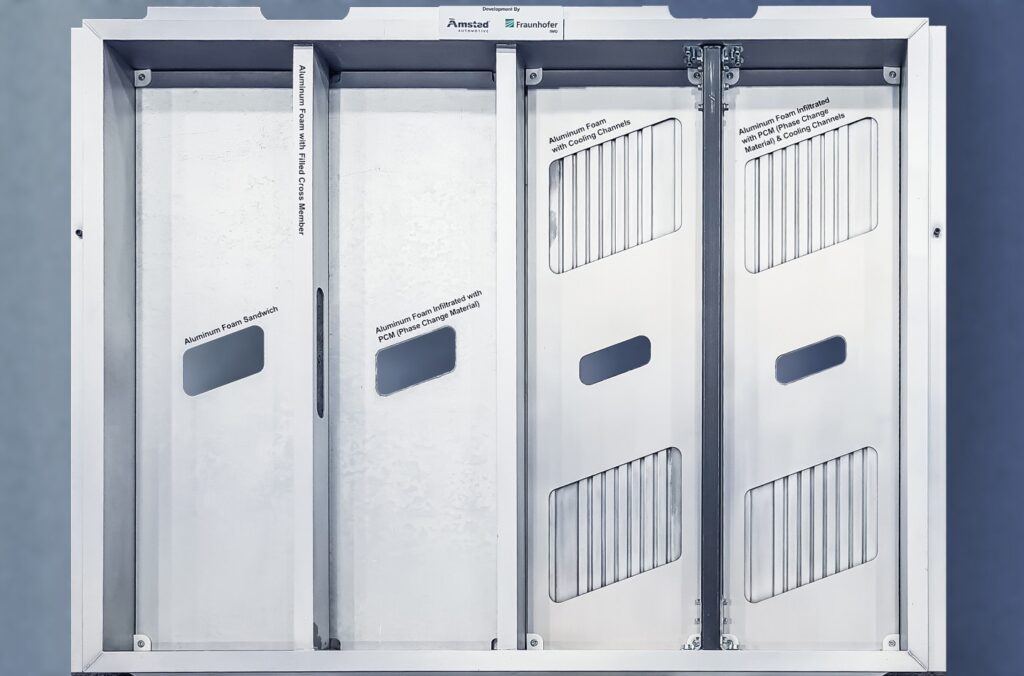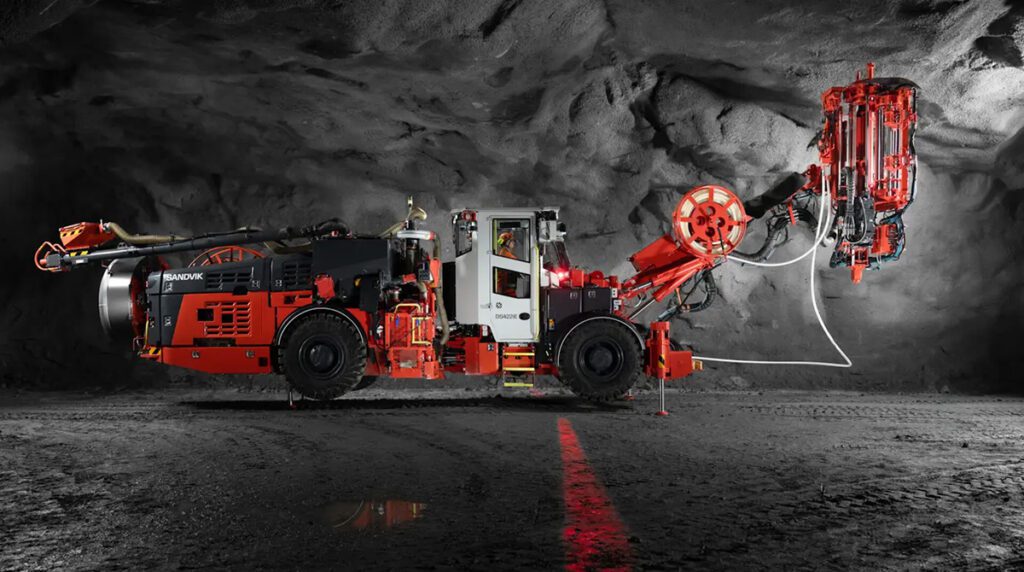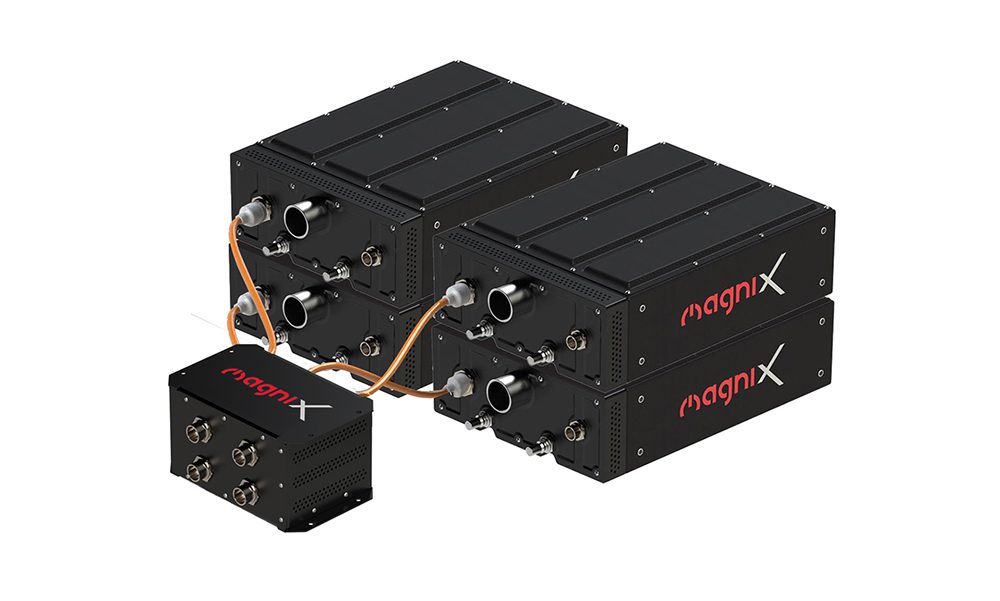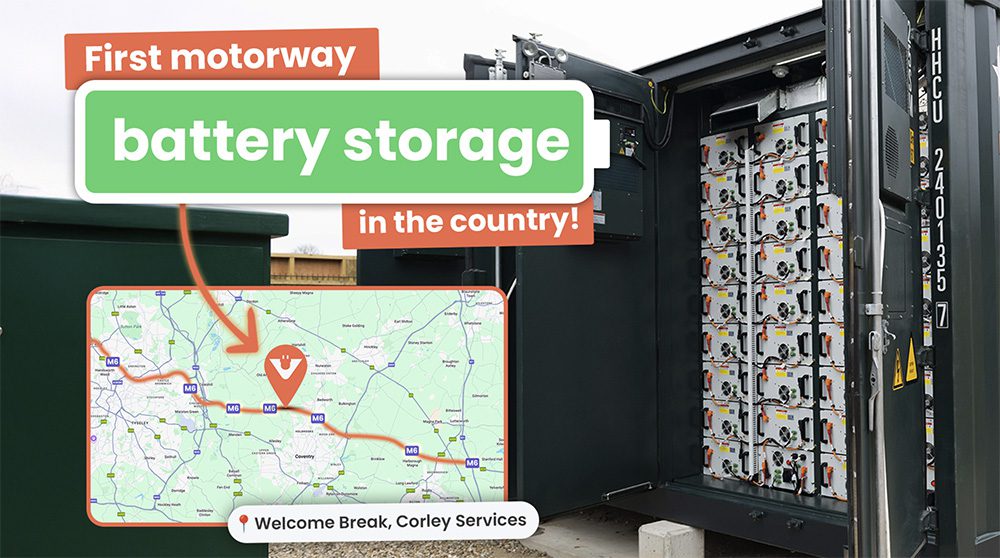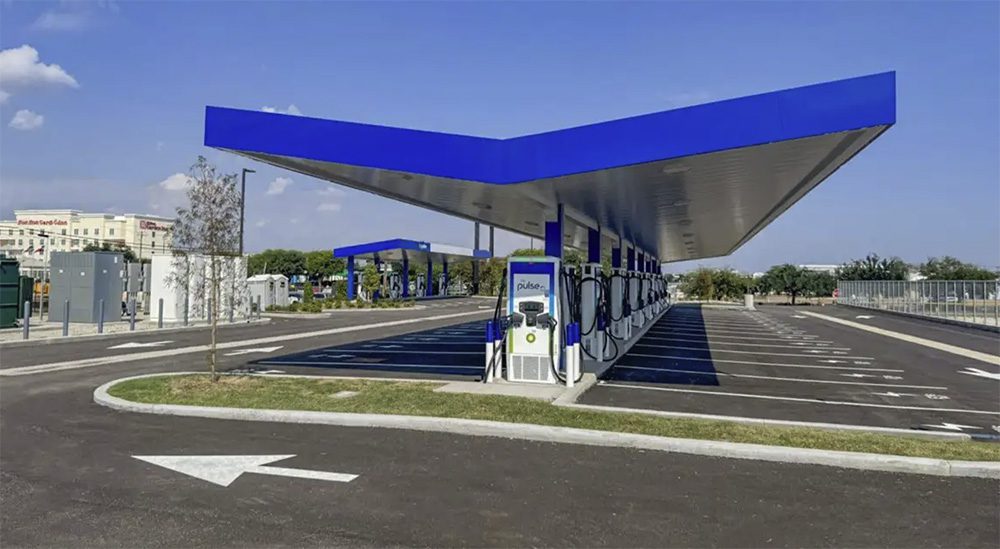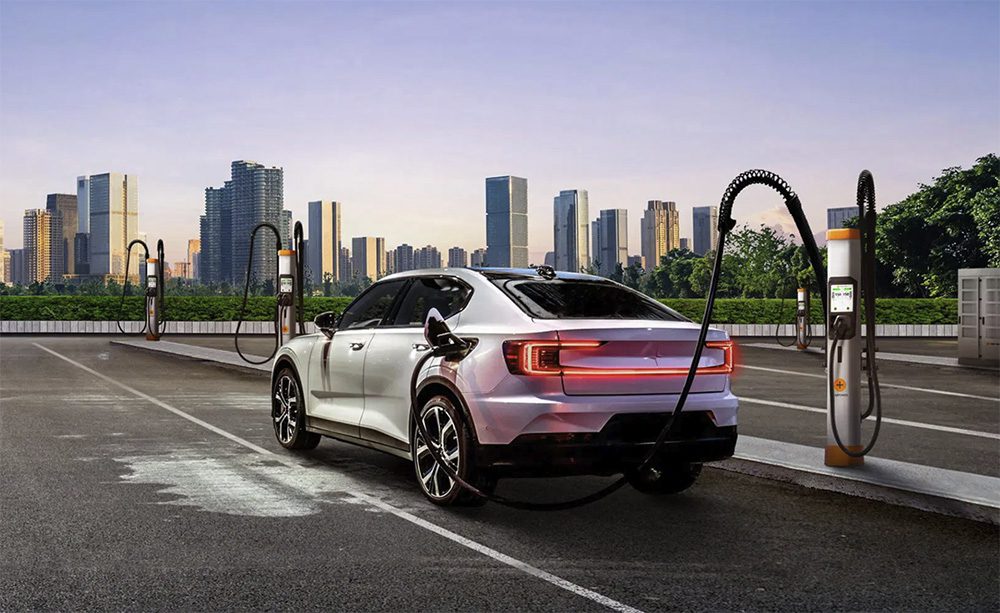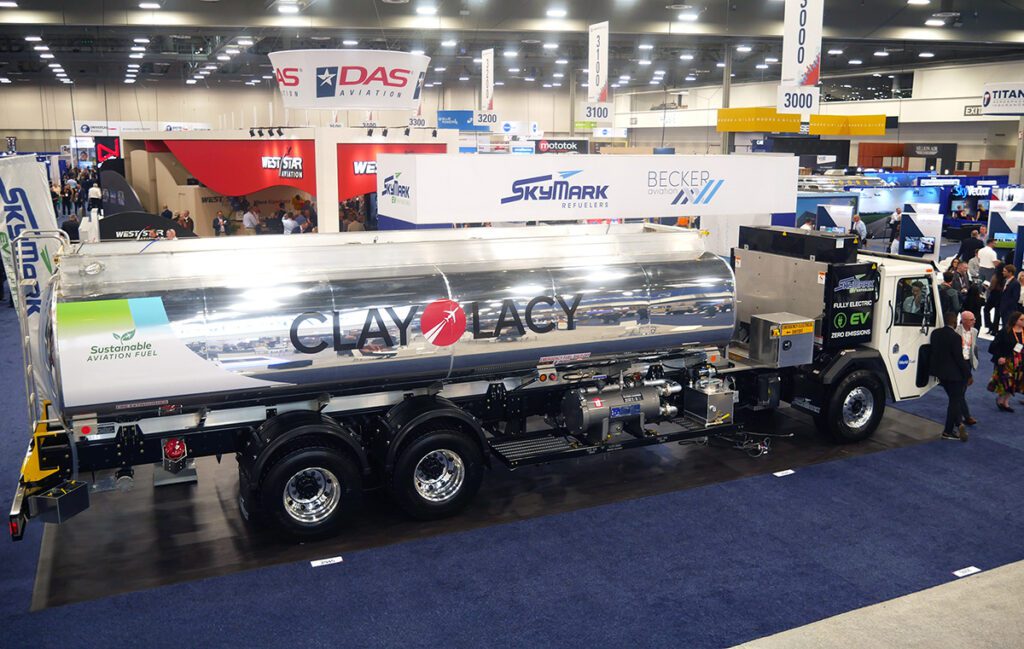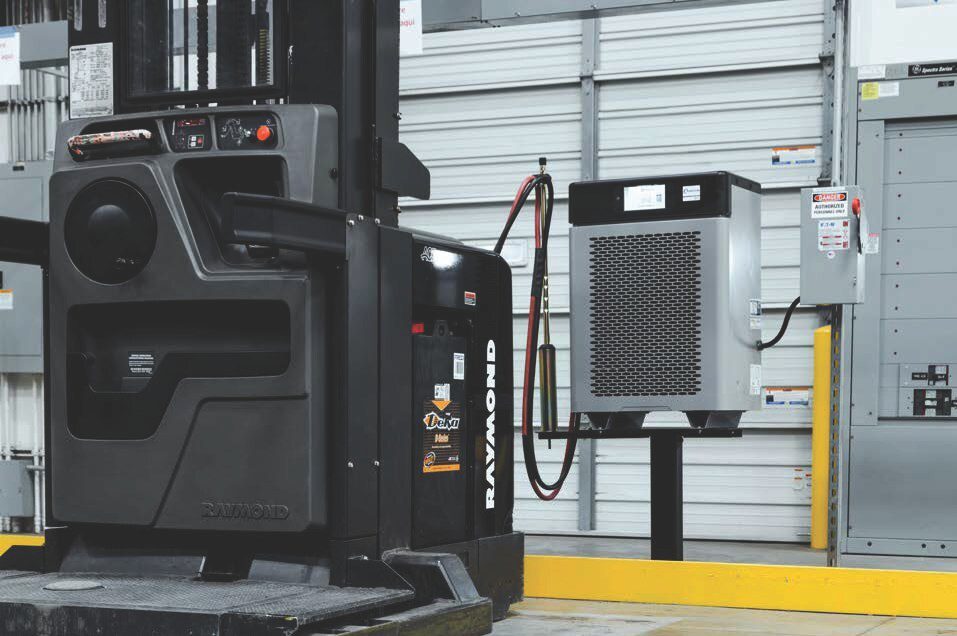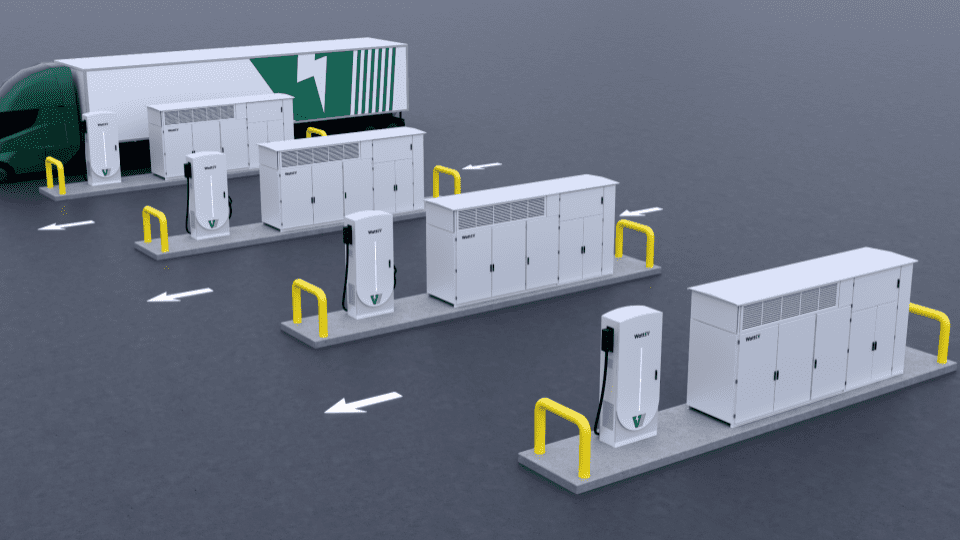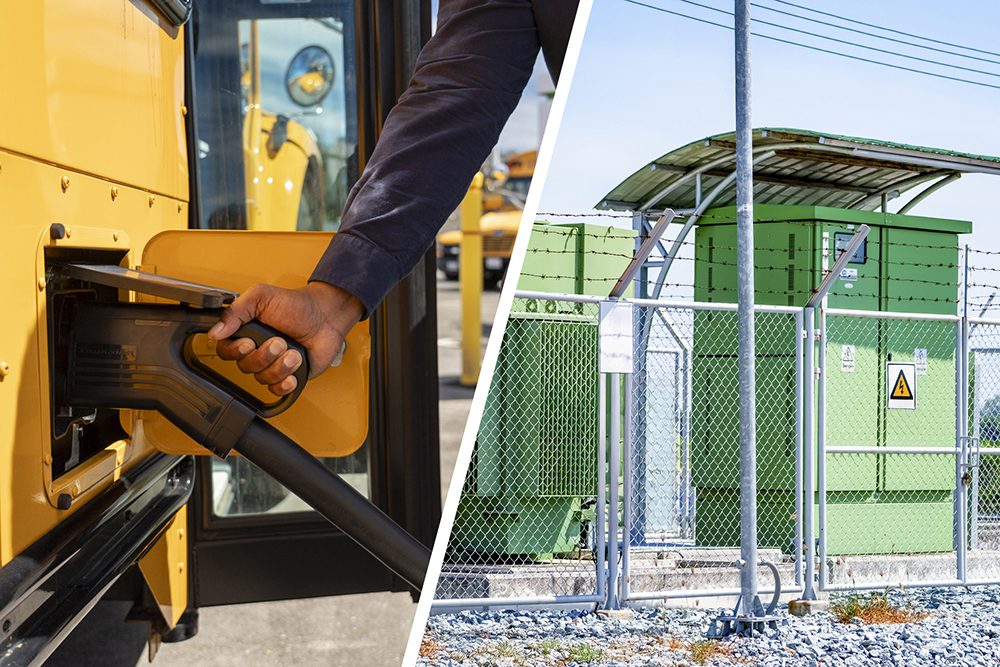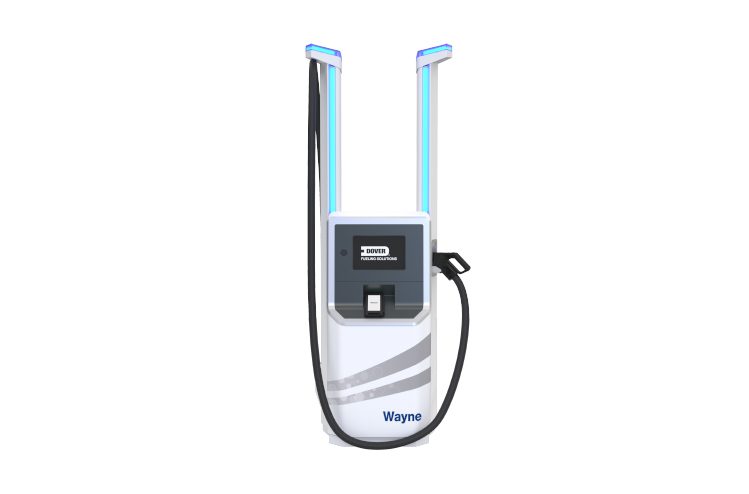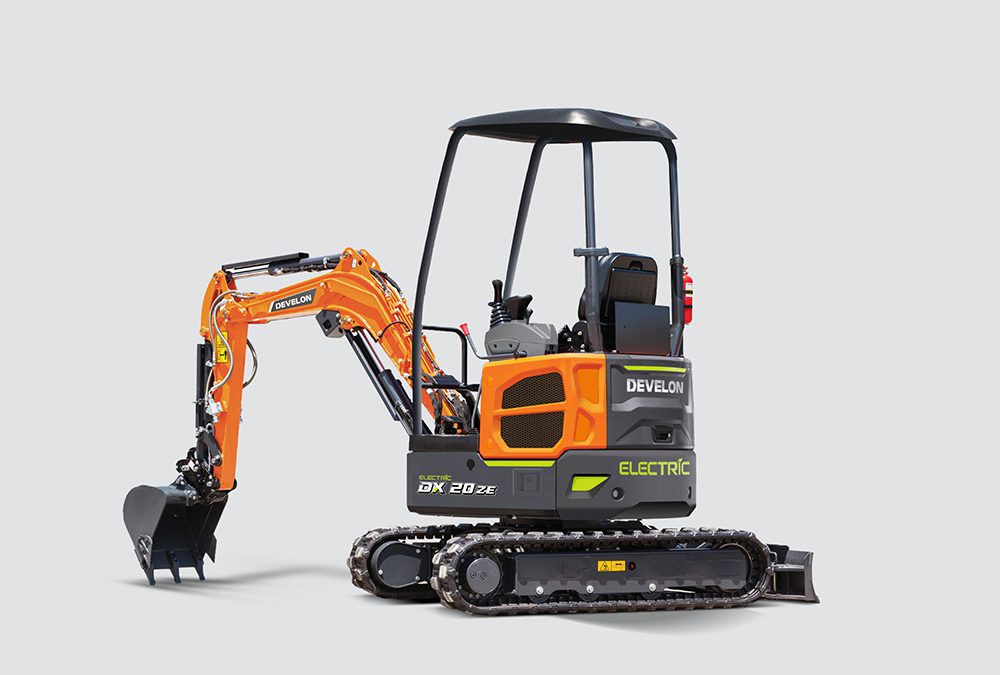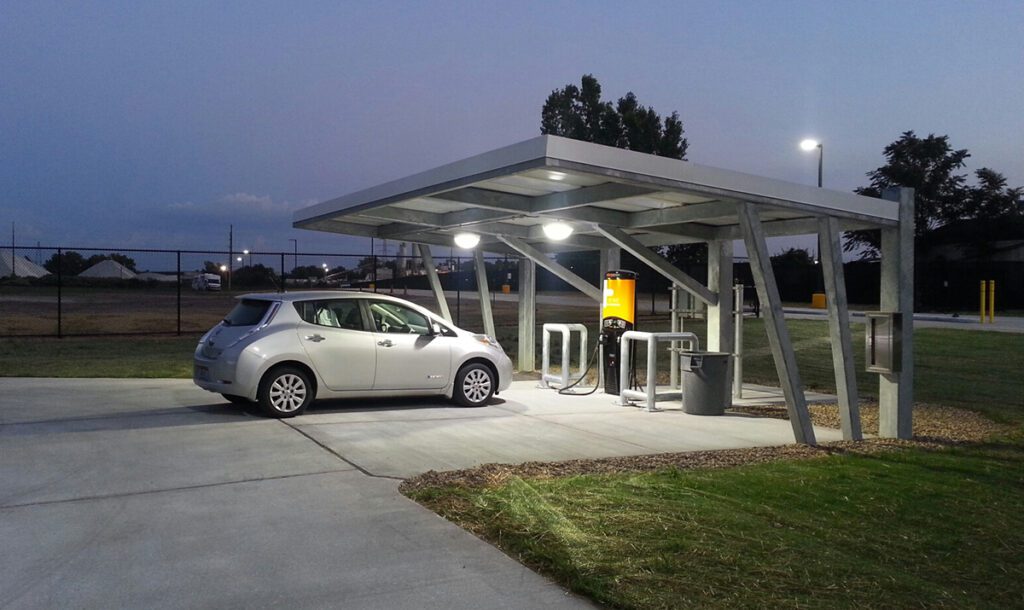The National Fire Protection Association and GM have jointly produced a set of video training resources for firefighters and other emergency personnel.
You can drive your Chevy Volt with confidence (but not too fast, please), knowing that emergency services around the country are training first responders in how to deal with hybrid and electric vehicles in case of a crash. The National Fire Protection Association and GM have jointly produced a set of video training resources for firefighters and other emergency personnel.
GM engineer Keith Schultz explained some of the Volt’s unique features, such as the high voltage system. "To identify high voltage, we're using orange cabling. That is an industry standard. Those cables, we're asking first responders not to cut. We have identified a low voltage cable, or 12-volt cable, that we're asking first responders to cut. If they can't make the cut at the designated location that we have identified, we're asking first responders to remove the manual service disconnect that's in the center console.”
NFPA consultant Jason Emery added, "The other aspect, which most responders might not think of, is the ability for the vehicle to move unexpectedly, because we tend to use the sound of the gassing engine to indicate to us whether or not the vehicle is operating. A hybrid or an electric vehicle could be in gear and ready to move, even though the engine isn't making any noise."
Image: NHTSA







